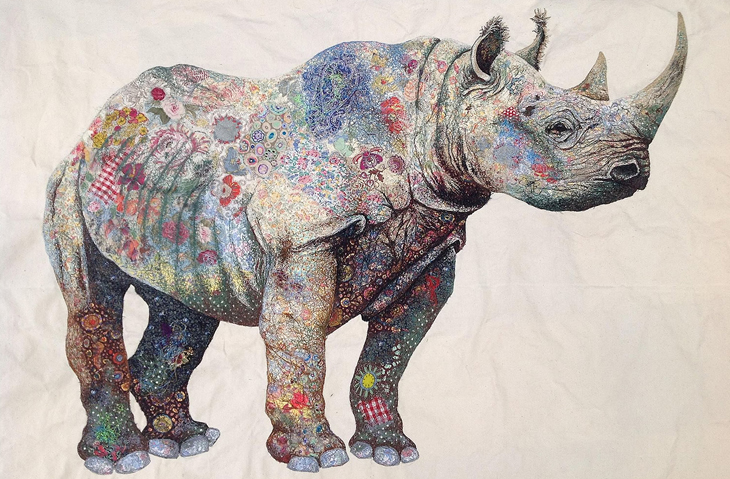Halftones
Similar to the issue with blends, halftones (images created by dot patterns) are not really possible with embroidery. If you have half tones in your design your programmer will need to ask you how you want them to deal with them.
The more information you can give your digitiser before they start, the quicker they can design what you need. And this will greatly increase the odds that they will return your design free of flaws on the first pass.
Manual Halftones vs Automatic Halftones
Welcome To Cora’s Corner, where every month I am going to help you with your artwork issues. This month I would like to discuss what are manual halftones and what are automatic halftones.
The simplified answer about the difference between the two is: Manual halftones are created in the design before output and Automatic halftones use RIP software to create halftones during output.
What are Halftones?
Halftone is the reprographic technique that simulates continuous tone imagery through the use of dots, varying either in size or in spacing, thus generating a gradient like effect. Halftoning is commonly used for printing colour photo realistic pictures, blending colours, shading or tints.
Why create manual halftones?
One reason to create manual halftones is to be able to create blends and shading in the design and not use RIP software to do it. Another reason is to use them as design elements in your design. I discuss using them for design elements in an earlier blog this year (do check it out in the archives if you happen to have missed it). This blog is about creating them to accomplish screen printing blends and shading. Most graphic software has tools to help you create halftones. There are also 3rd party plug-ins like Astute Graphics Phantasm v3. You will have to do some homework on what settings to use in these tools to match the look you want in your printing.
